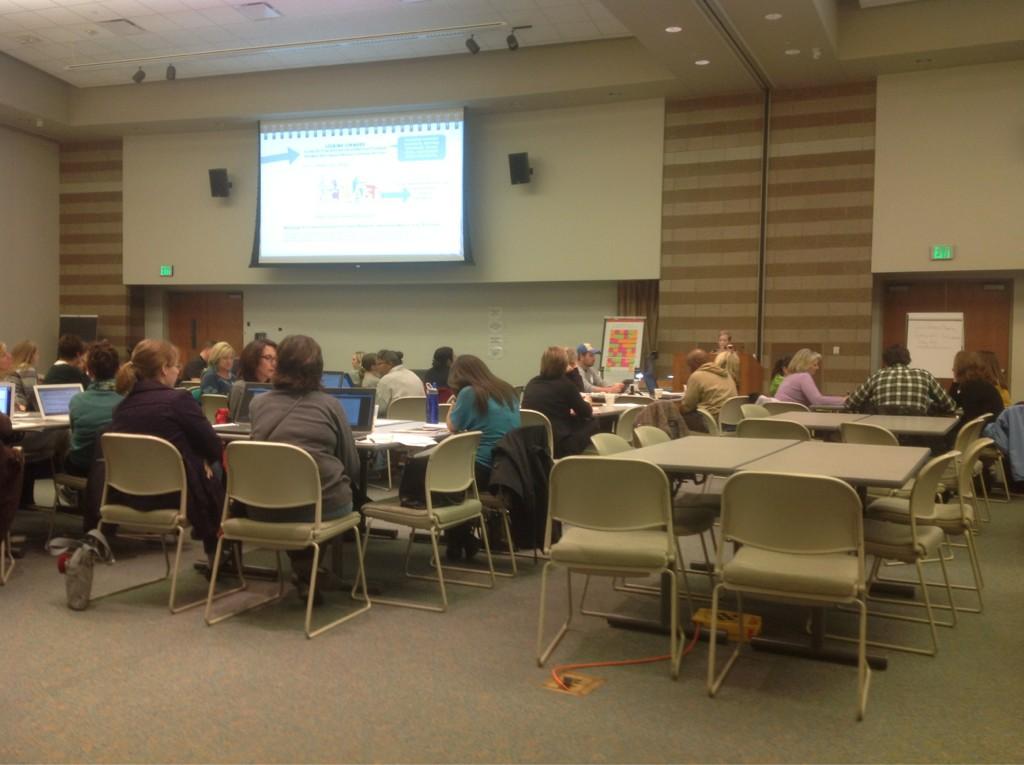 |
| Artist Name: Amanda R |
- Check out Online Conferences. With the use of Webcams, Screencasts, and Videos, there are several websites that are offering conference experiences for Visual Arts teachers who may not have the funds or flexibility to travel to their State or National Conferences. Websites like The Art of Education (which is offering a Winter Conference featuring a variety of sessions) and The Education Closet (which offers monthly Master Classes that are hosted by Arts teachers on various topics in Arts Education) are making it easier for teachers to catch up on Professional Development without having to leave their homes. A free conference that has resources from a variety of content areas that I have also presented for is the K12 Online Conference. Dating back to 2008, you can search through their videos and catch up on a variety of hot topics in education with several sessions created by Visual Arts teachers from all grade levels. Although this does not replace the time spent face to face with other Arts Educators from across the State, it does offer an alternative for those (like me) who are missing out this year.
- Turn to Social Media. Even if I am not there, I can follow along with my colleagues and friends through their news feeds and capture bits and pieces to be inspired by through the magic of Twitter and Facebook. Although it might seem like you are being a secret stalker, take to your feeds during conference weekends and examine the pictures of demos, projects, and quotes that your friends are sharing. If something piques your interest, then favorite/like it and make note to ask more questions of your friend once they return from the conference. I have already gotten a lot of great ideas from friends in Indiana and New Jersey, whose Art Education Conferences were held earlier this month. Even though I was not there, I was able to share in some of the highlights through interacting with my attendee friends in our Social Media connections.
- Plan for Next Year. It may be too late to attend this year's conference, but it is a great time to start planning for next year. In 2014 the conference is going to be in Lansing. Don't wait until the last minute to decide to go; instead, use the year to start saving and planning and getting ready to learn and share next Fall.
If you are going to the conference, please share your resources below so that others can learn along with you, too! What makes for a great conference and what are some of your favorite MAEA moments of year's past?




